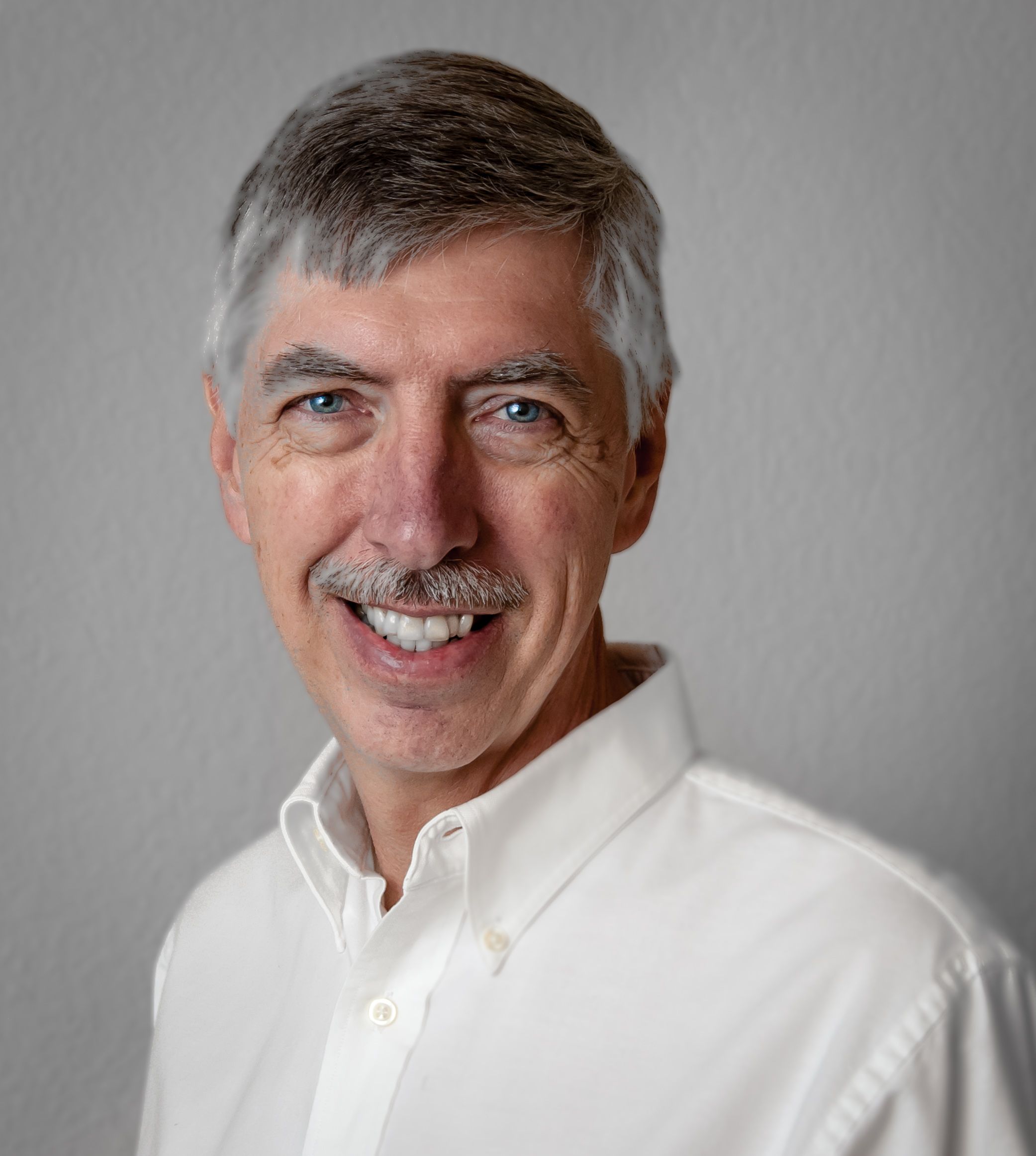Guilt and Absolution in Naturally Fractured Reservoir Characterization
OR
About the Course
The behavior of naturally fractured reservoirs (NFRs) is typically difficult to predict due to extreme heterogeneity of their flow-related character. This unpredictability affects most aspects of field management. Surprises can accompany each well.
From our well-based scale of observation, we sample and test reservoir fracture systems below their representative elemental volume (REV). This is the ultimate cause of the unpredictability of their flow behavior.
Heterogeneity is caused by the complex and variable geometry and connectivity of the plumbing system of the reservoir (well, fractures, and matrix). Connectivity is a function of:
a) Orientation of a well relative to reservoir fracture sets,
b) Spacing of fractures in each set,
c) Spatial variability of the fracture system,
d) Effective length of fractures,
e) Fracture height.
What do we know, what might we know, and what are the limits of our knowledge? Which of the controlling variables can we understand and measure, to help predict aspects of reservoir performance? Because we sample the reservoir below its REV, there are limits to what can be known from downhole data alone; it must be placed into a larger context. Our understanding of these data requires that the NFR be interpreted in light of a) competent geologic understanding of fracture systems, integrated fully with b) sound, creative engineering insight of observed flow behavior. This approach does not guarantee salvation, but it improves the odds.
This series of lectures on Heterogeneity in NFRs will use subsurface examples, outcrop analogs of subsurface fracture systems, and fracture system models to address:
Course Blog
The Porosity Puzzle: Answer & Commentary
Your Instructor

Wayne Narr is a structural geologist with interest in characterization and modeling of naturally fractured reservoirs. He held the title of Senior Research Consultant for Chevron Energy Technology Company where he worked for 27 years on an array of international projects that included reservoir structural geology studies, consulting, technology development, training, and exploration. Prior to this he worked 8 years for Gulf Oil where his work included both R&D and exploration.
Wayne has worked extensively with reservoir engineers as well as geologists, with the goal of integrating engineering and geological data to improve understanding of naturally fractured reservoirs, often culminating in construction of fracture models for flow simulation. His work has included studies and synthesis of reservoir data as well as outcrop analogs. The reservoirs he has studied include naturally fractured carbonates and clastic rock, and both conventional and unconventional reservoirs as well as geothermal reservoirs.
Wayne currently teaches courses on naturally fractured reservoirs, leads field trips, and consults. He has written research articles on NFRs as well as co-authored a book. In 2008 he was honored to be an SPE Distinguished Lecturer, in which he traveled the world to talk about naturally fractured reservoirs. Wayne holds a Ph.D. in Structural Geology from Princeton University, an M.Sc. in Structural Geology from University of Toronto, and a B.S. in Geology from Pennsylvania State University.
Course Curriculum
-
Start1. Introduction of Naturally Fractured Reservoirs (NFRs) (3:43)
-
Start2. Comparing Well Production in “Conventional” Reservoirs with NFRs (8:29)
-
Start3. Flow Capacity Index (FCI) (7:08)
-
Start4. NFR Productivity Spatial Distribution (5:48)
-
Start5. Cause of Heterogeneity in Productivity of NFRs. (12:51)
-
Start6. Geologically Induced Heterogeneity: a. Geometry (22:42)
-
Start7. Geologically Induced Heterogeneity: b. Geological Factors (15:12)
-
Start8. Fracture System Modeling (18:30)
-
Start9. Discussion & Conclusion (3:46)
